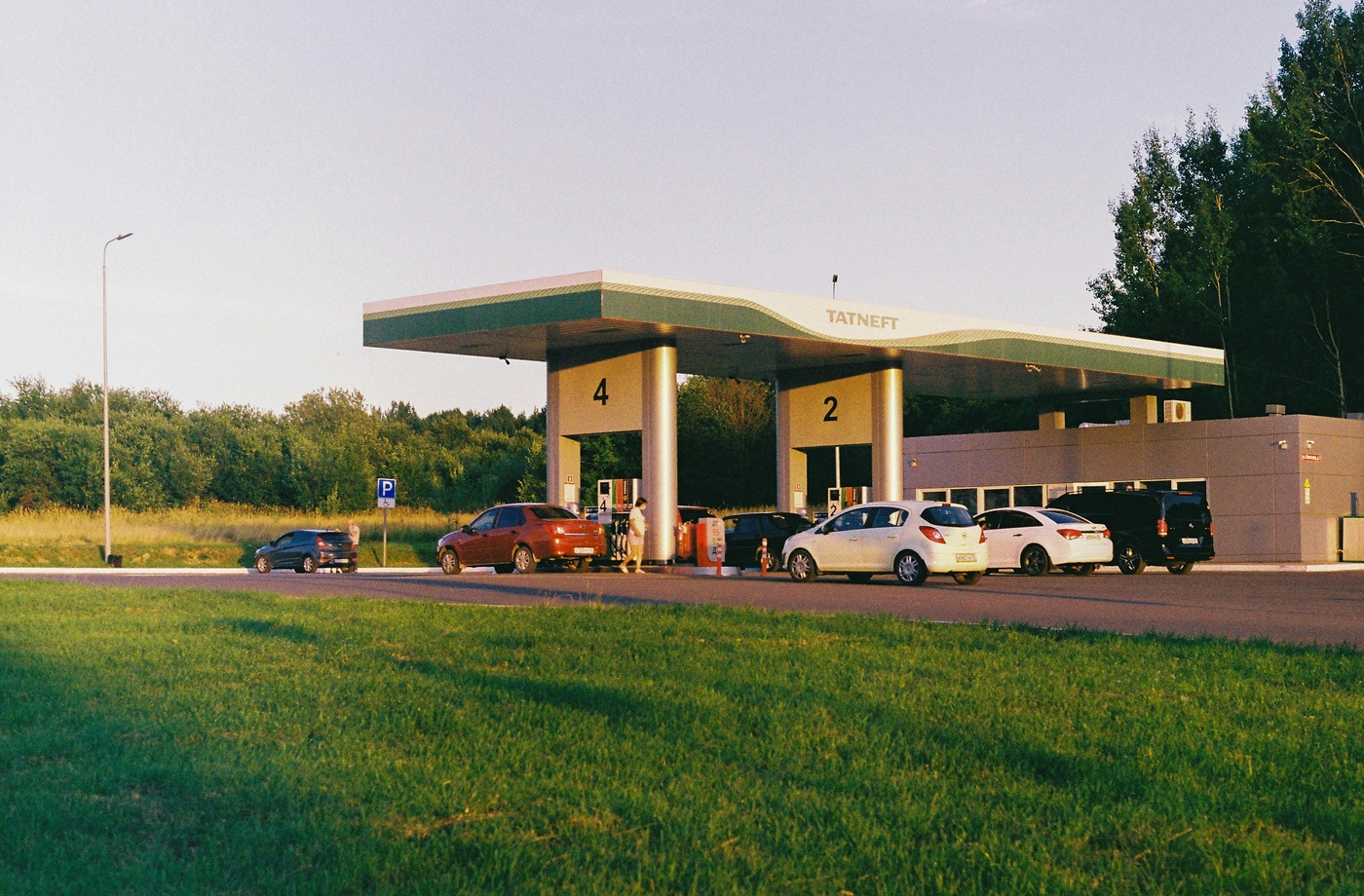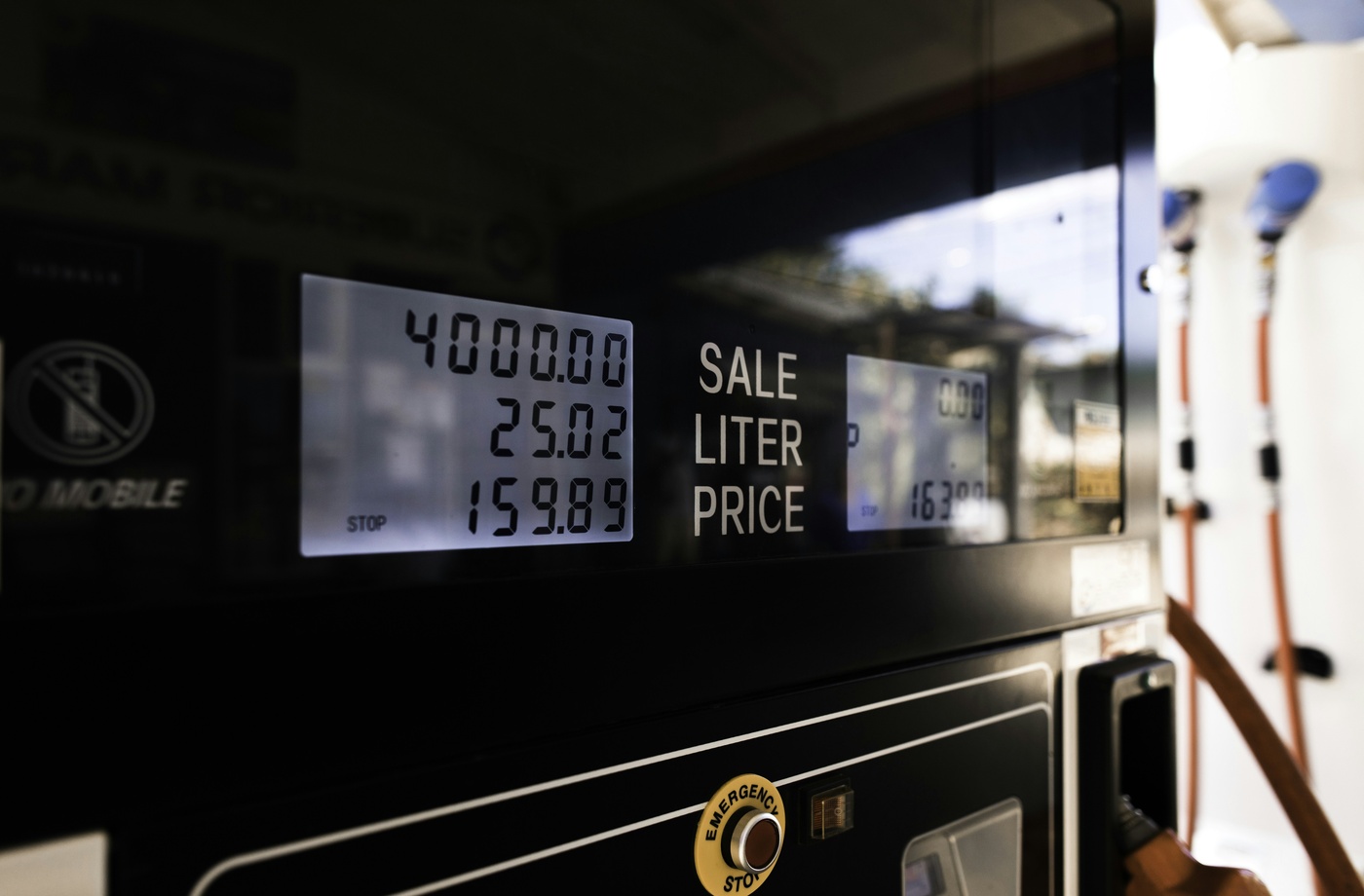Whether you’re heading out for a weekend getaway or a cross-country adventure, prepping your vehicle properly can help you save money at the pump. Road trips often involve long hours on the highway, which typically offers better fuel economy than city driving—but only if your car is in top shape. Small adjustments and preventive maintenance can significantly boost fuel efficiency and ensure a smoother, safer journey.
Here’s how to prepare your car for a fuel-efficient road trip.
- Get a Full Vehicle Inspection
Before hitting the road, schedule a routine maintenance check to ensure your engine, transmission, and exhaust systems are functioning properly. Worn spark plugs, dirty filters, or misfiring cylinders can reduce fuel economy by up to 30%, according to FuelEconomy.gov.
Make sure your mechanic checks:
- Engine air filter
- Oil levels and viscosity
- Spark plugs
- Brake system
- Transmission fluid
- Check Tire Pressure and Tread Depth
Properly inflated tires can improve gas mileage by up to 3%. Under-inflated tires increase rolling resistance, making your engine work harder. Use a tire pressure gauge to check all four tires (and your spare) and inflate them to the recommended PSI found on your vehicle’s driver-side door jamb.
Also inspect tread depth for safety—low tread reduces traction, especially in wet or variable conditions.
- Pack Light and Distribute Weight Evenly
The heavier your car, the more fuel it uses. Remove unnecessary cargo from your trunk and cabin before your trip. If you’re using roof racks or cargo boxes, consider how much they’ll impact aerodynamics. Roof-mounted storage can reduce fuel economy by as much as 25% at highway speeds.
Distribute weight evenly to improve handling and reduce drag on your powertrain.
- Use the Right Motor Oil
Using manufacturer-recommended motor oil improves engine performance and efficiency. Oils labeled “Energy Conserving” contain friction-reducing additives that boost MPG. If you’re overdue for an oil change, get one before your trip and confirm the right grade for your vehicle’s engine.
- Map Your Route with Traffic and Fuel Stops in Mind
Using apps like Google Maps, Waze, or GasBuddy can help you plan routes with fewer traffic delays and stops. Minimizing idle time and avoiding high-traffic zones saves gas and reduces wear on your brakes.
Plan refueling stops along major highways where gas prices tend to be lower than remote stations or urban centers.
- Limit A/C Use and Optimize Cabin Climate
Running the air conditioning continuously reduces fuel economy, especially at lower speeds. To save gas:
- Use the A/C sparingly when driving under 45 mph
- Ventilate your vehicle before you start driving
- Opt for seat warmers or fans when appropriate
At higher speeds, closed windows with A/C are more fuel-efficient than open windows due to drag.
- Download a Cashback App for Road Fueling
If you’re paying for fuel out-of-pocket, consider apps like Fluz to get cashback every time you buy gas gift cards for stations like Chevron, BP, or RaceTrac. With Fluz, you can buy gift cards in real time for the exact amount you’re filling up and get instant cashback—no need to plan weeks in advance.
- Clean Out Your Air Filter
A clogged engine air filter restricts airflow, forcing the engine to work harder and burn more fuel. If your filter looks dirty or hasn’t been changed in over 12,000 to 15,000 miles (or as recommended by your manufacturer), replace it before your trip.
Fuel Efficiency Starts Before You Hit the Road
The best way to enjoy a cost-effective road trip is by preparing your vehicle to operate at peak efficiency. From tire checks to cashback tools, these proactive steps will help you get more miles from every gallon—and save money along the way.



